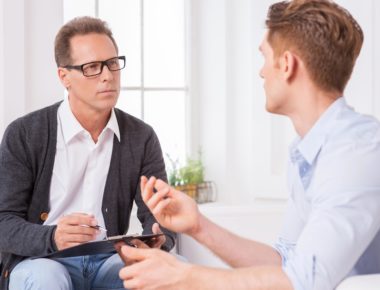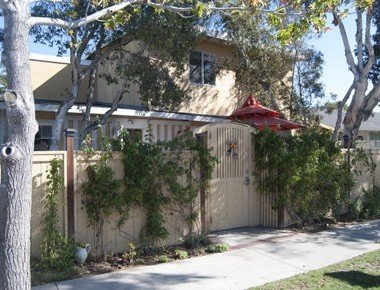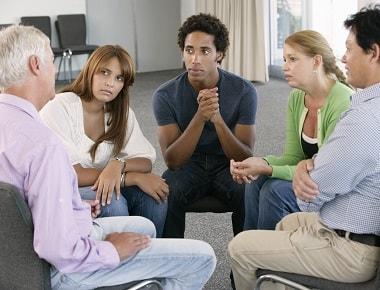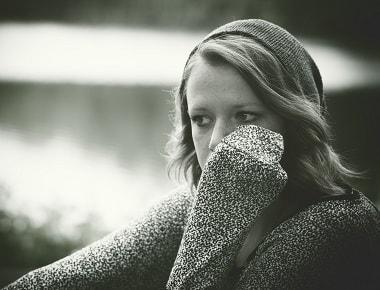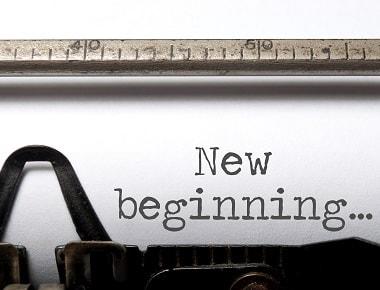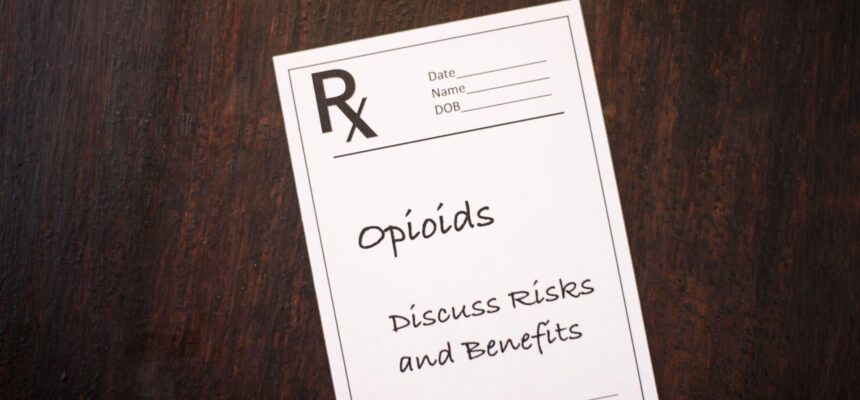
How Are Opioids Addictive?
With the opioid crisis spreading across the United States, many people find themselves wondering how medication prescribed by a medical doctor can be so addictive that 91 people die from an opioid-related drug overdose every day.1
Not only are opioids incredibly addictive, but they are a high-risk drug for overdosing, and more and more people are starting to educate themselves on their uses and effects and the dangers of abusing them even temporarily.
What Are Opioids?
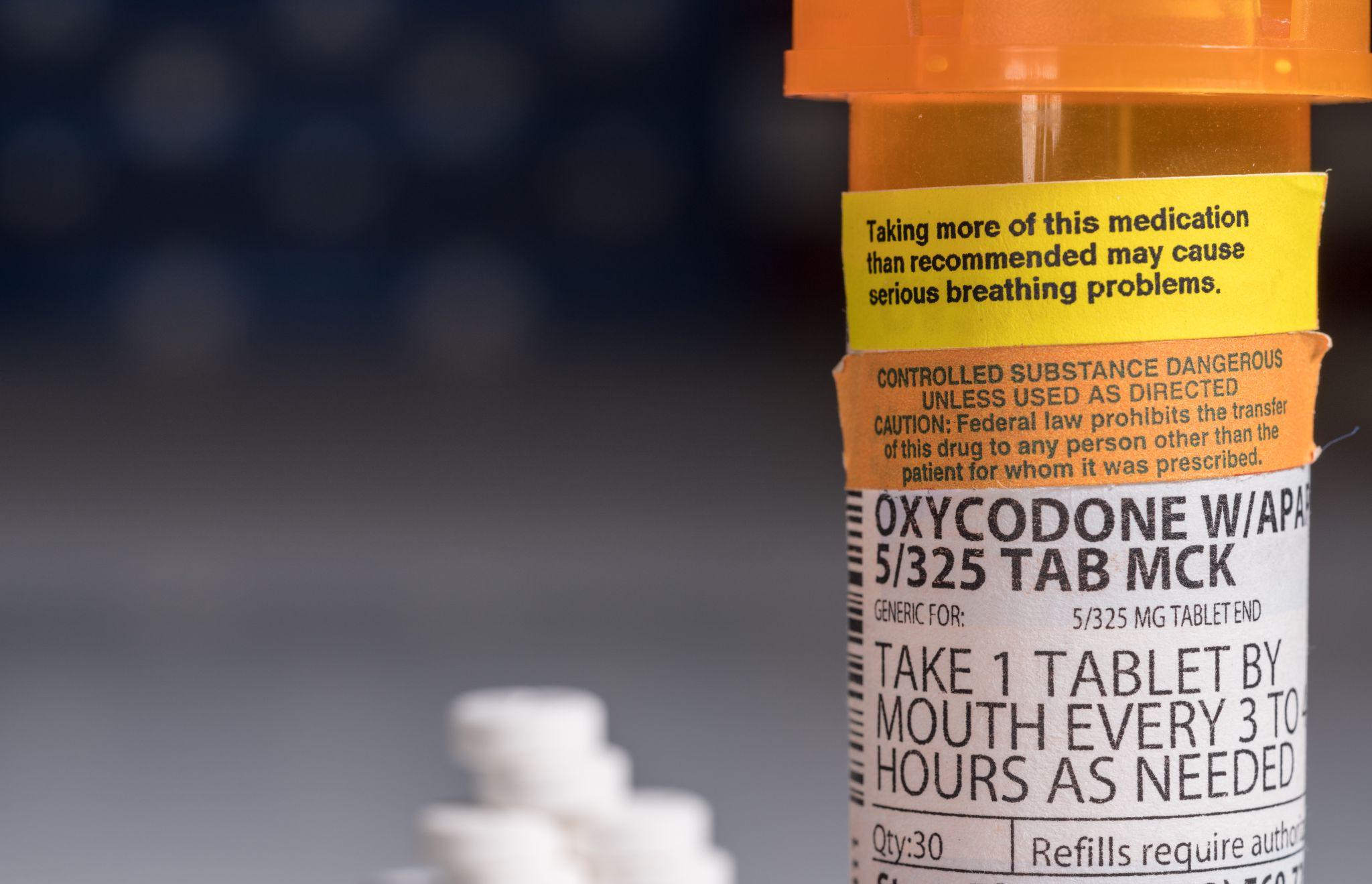
Opioids are a type of prescription pain medication that is manufactured from the opium poppy plant or synthetically produced in a lab.2 Prescription opioids are used to relieve moderate to severe pain caused by surgery or injuries.
How Do Opioids Affect Your Brain?
Opioid drugs work by interacting with the opioid receptors on the nerve cells of your central nervous system and brain. This interaction blocks the pain signals traveling to your brain and, when used in high enough doses, can cause temporary feelings of euphoria and wellbeing.
What Are the Most Common Prescription Opioids?
According to the National Institute on Drug Abuse, the most commonly prescribed opioids include:2
- Hydrocodone (Vicodin)
- Oxycodone (OxyContin and Percocet)
- Oxymorphone (Opana)
- Morphine (Kadian and Avinza)
- Codeine
- Fentanyl
The most well-known illegal opioid on the market is heroin, which is often used once access to prescription opioids is limited or restricted.
How Are Opioids Taken?
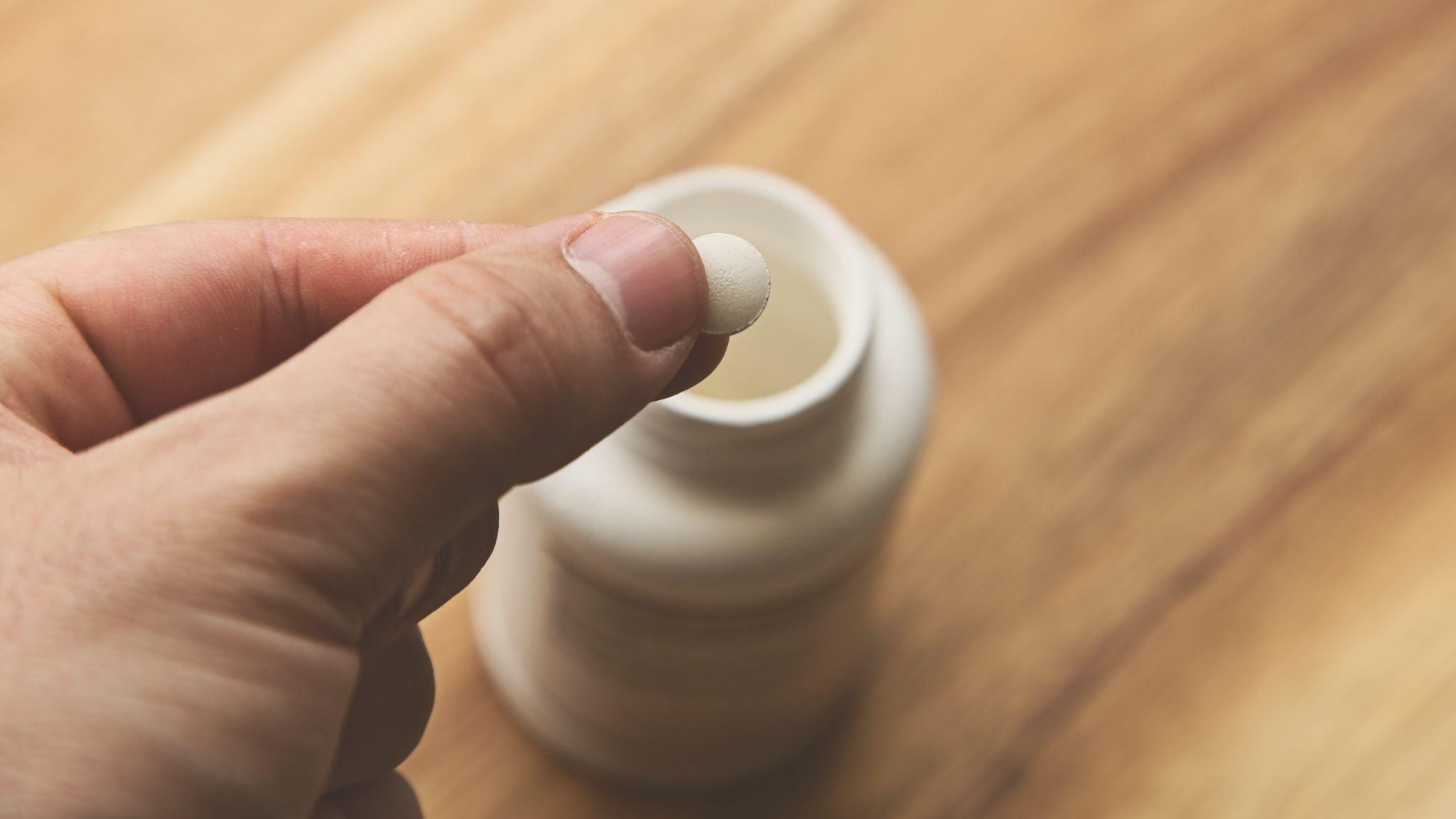
Prescription opioid pain relievers usually come in tablet form and are only used for a short period. However, once a person starts to abuse opioids, they may use them in a variety of ways, including:
- Crushing the pills to speed up the effect
- Dissolving the powder in water
- Injecting the dissolved powder into their veins
- Snorting the powder
Fentanyl patches and other methods of use exist, although they are not nearly as common.
How Are Opioids Acquired?
Opioids are typically prescribed by a doctor for acute or chronic pain relief, although it is recommended opioids are only used for short periods of time. However, once an opioid addiction develops, individuals may resort to falsifying prescriptions, buying opioids from illegal pharmacies or dealers, ordering the pills online, or turning to heroin, the cheaper, street drug version.
What Makes Them Addictive?
Opioids have such a high risk of addiction for several reasons:3
- They are easily accessible and commonly prescribed as painkillers.
- Your body quickly becomes tolerant to the effect of the drug, meaning you need to increase your dose to get the same effect or high.
- Eventually, your body becomes dependent on opioids to function normally, and you experience severe withdrawal symptoms between doses.
Once you’ve developed an opioid use disorder, it can be incredibly challenging to stop or reduce your dose, and you may need medical treatment to recover.
What Are the Risk Factors of Opioid Addiction?
Some of the behaviors that could lead to opioid addiction include:
- Using someone else’s prescription opioids to treat your acute or chronic pain
- Taking your opioid medication more frequently or in higher doses than prescribed
- Using opioids for the high and not the pain-relieving effects
The Dangers of Opioid Addiction
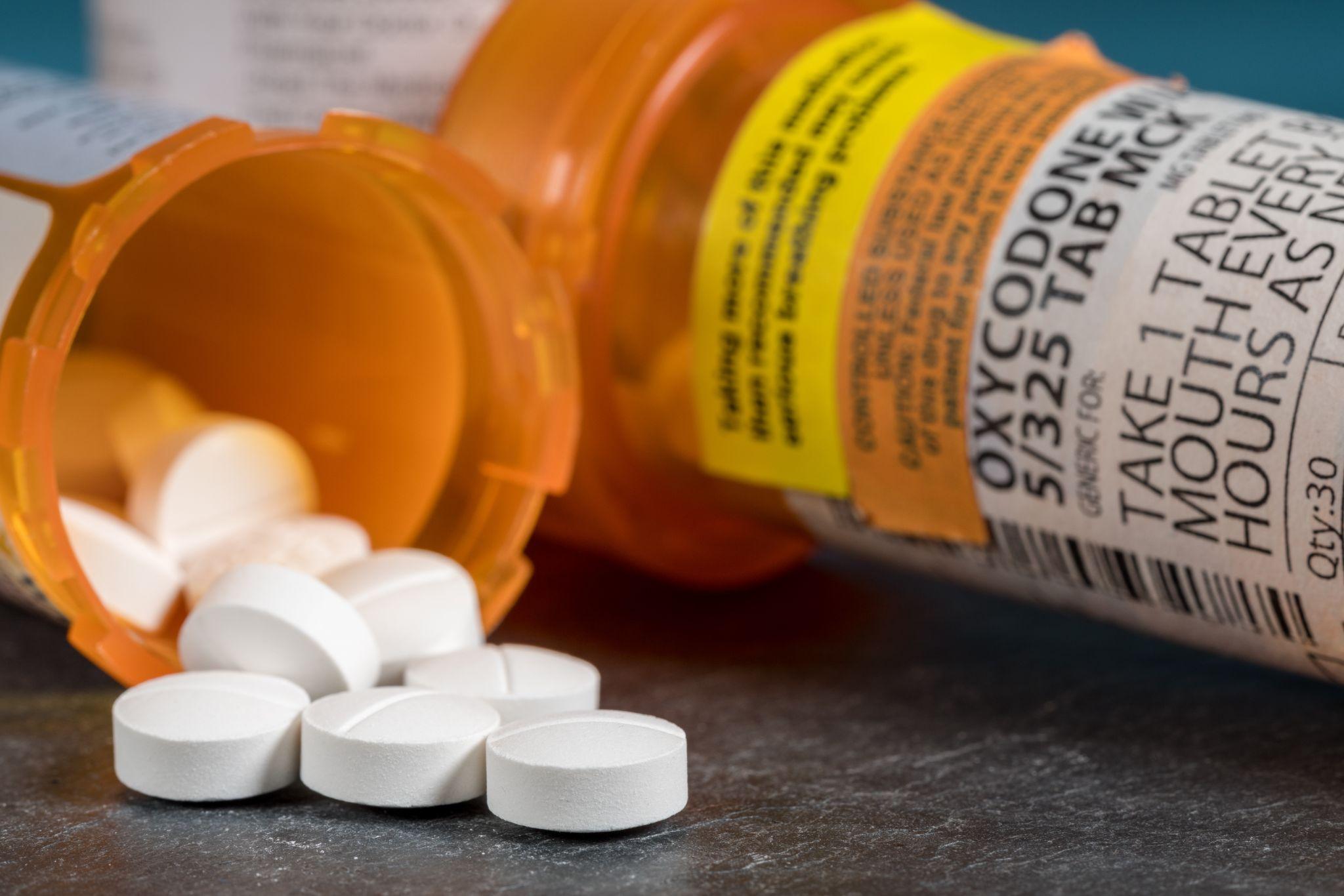
The two most significant dangers of opioid addiction or abuse are:
- Opioid overdose, which may occur after you try to stop using for a while, relapse, and go back to the dose you used before, not accounting for the fact that your body’s tolerance to the drug has decreased. In many cases, opioid overdoses are fatal if overdose prevention drugs aren’t administered, or you can’t get medical help in time.
- Opioid drug abuse can quickly lead to the use of illegal drugs like heroin, which is often laced with unknown, harmful chemicals or even more dangerous opioids like fentanyl.
Signs of Opioid Addiction
If you’re worried your loved one may be addicted to opioids, carefully observe if they show the following signs of opioid addiction:
- Unexplained weight loss
- Antisocial behavior
- Lying about drug use
- Symptoms of withdrawal, including sweating, nausea, chills, vomiting, insomnia, and fatigue4
- Financial problems
- Job loss
- Impulsive behavior
Getting Treatment
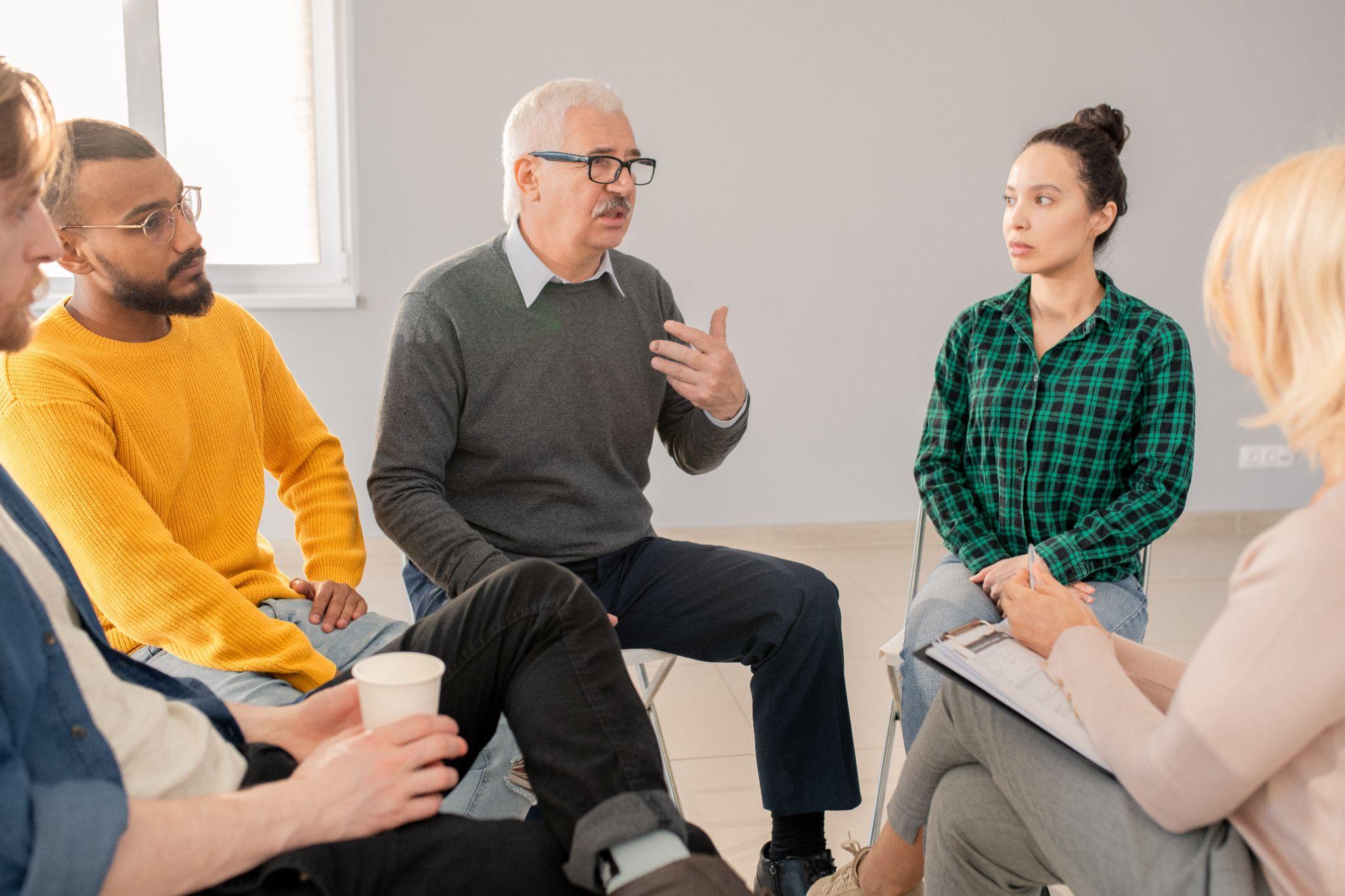
Getting treatment for your loved one’s or your opioid drug addiction is essential to ensuring your long-term health and wellbeing.
Substance abuse treatment for opioid addiction typically involves medication-assisted treatment, individual therapy, group therapy, and family counseling.
To prevent future relapses, Yellowstone Recovery also provides each participant in its programs with access to sober living homes so they can continue their journey to recovery in a drug- and alcohol-free environment
If you or a loved one struggles with substance abuse or addiction, call our hotline today at 888- 418-4188 to get the advice and treatment you need.
Sources:
